Tread Confidently: Know When To Replace Your Tires
Are you driving with any of these tire problems?
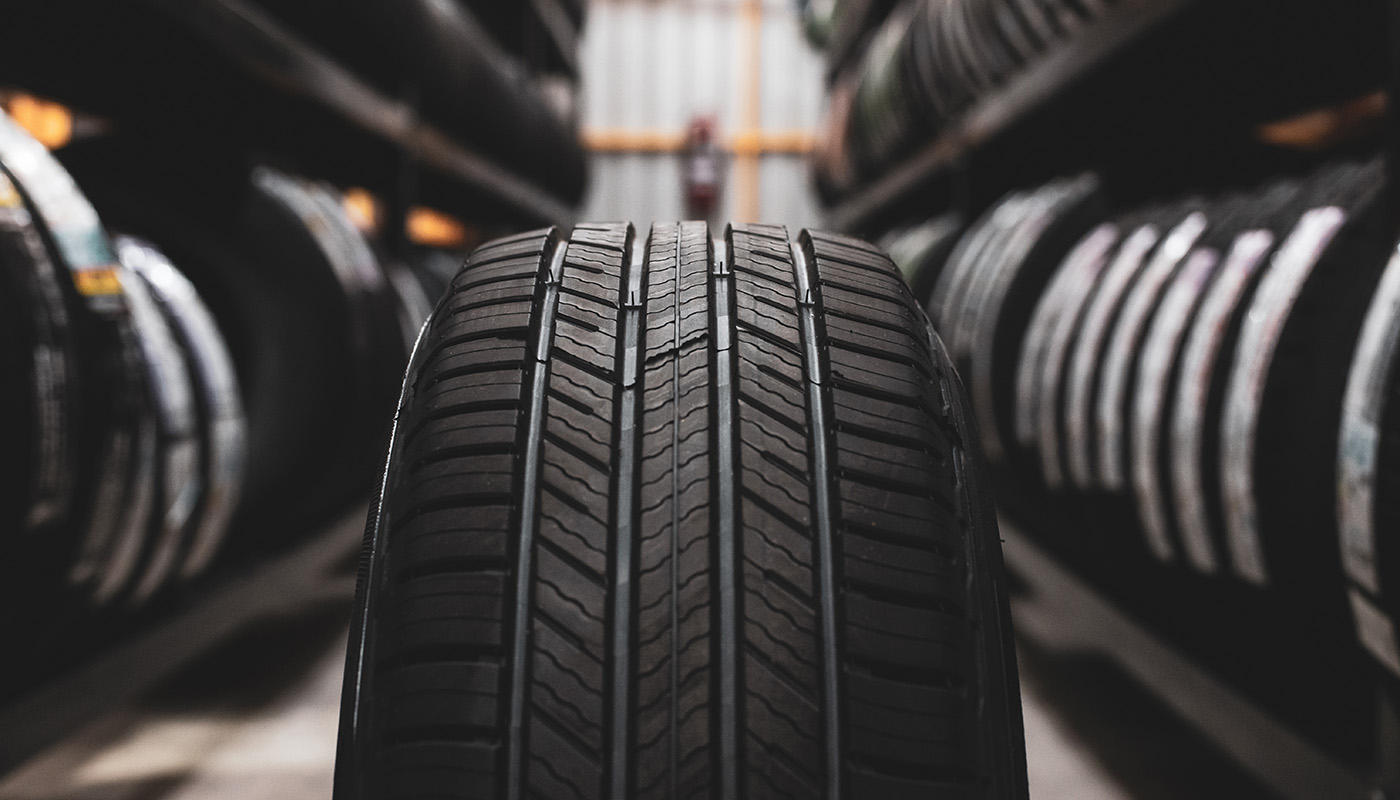 iStock
iStock
Little compares to the exhilaration of taking to the open road, ready to embark on a road trip or new adventure. But before you put the pedal to the metal, it’s important to make sure your car’s maintenance is up to date. At the top of the list: ensuring that your tires are road ready. Here are five telltale signs it’s time to replace your tires.
Why tire quality matters
Worn-out tires can decrease your vehicle’s fuel economy, prevent good handling, reduce traction and make driving uncomfortable. Even worse, they can increase your stopping distance.
Research from AAA reveals that driving on relatively worn tires at highway speeds in wet conditions can increase average stopping distances by a staggering 43%, or an additional 87 feet—more than the length of a semitrailer—when compared with new tires.
So how do you know when to replace tires? A visual inspection of your tires—done once a month and before you take a long road trip—can identify potential problems before they get worse.
1. Reduced tread
Worn-out tread mean your tires can’t adequately grip the road in rain or snow, and the result can be a slippery ride. Use the “quarter test” to determine your tire tread depth, which should never fall below 1/16th of an inch.
AAA maintains that tires should be replaced once the tread depth reaches 4/32nds of an inch, which is when stopping distances have already begun to deteriorate significantly.
Conduct a simple test:
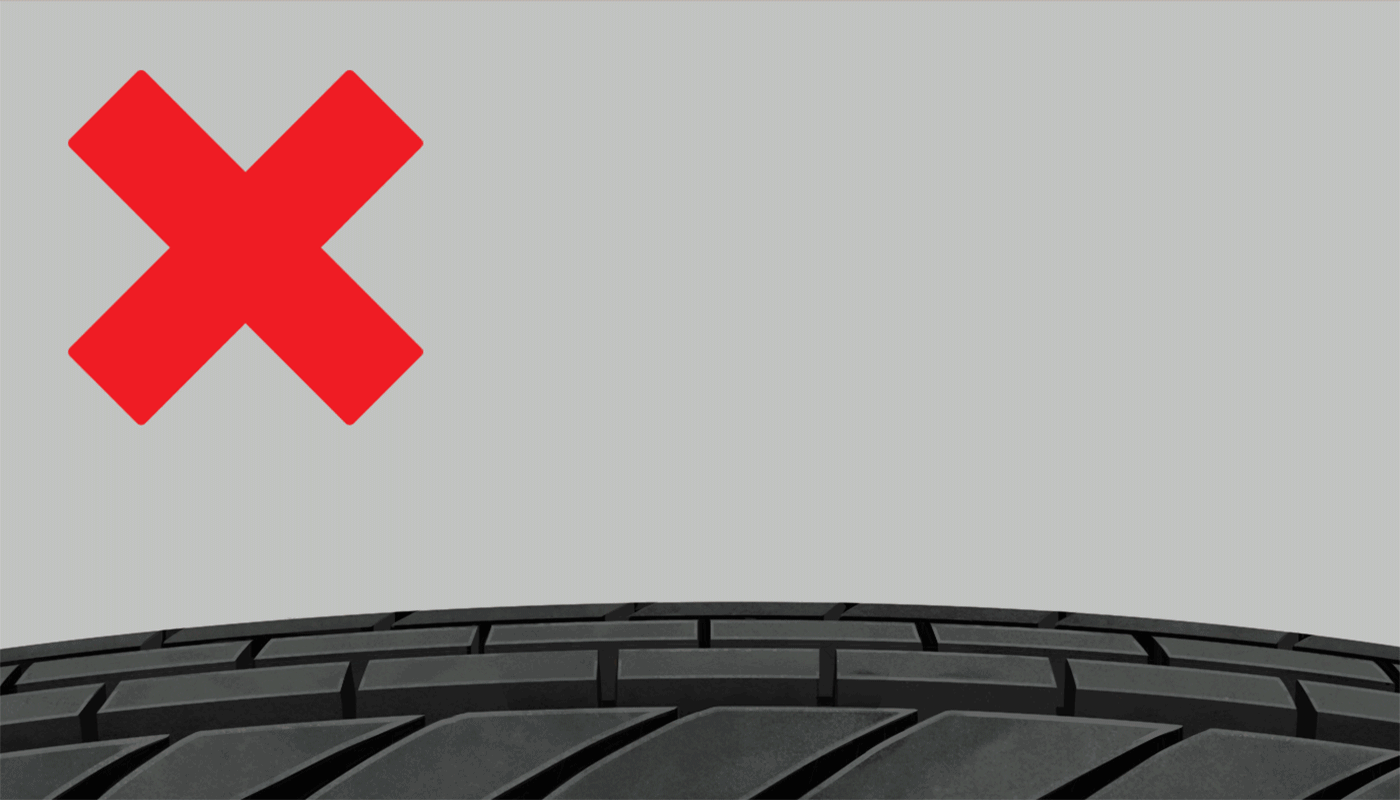
Seeing the top of Washington’s head means it’s time for new tires.
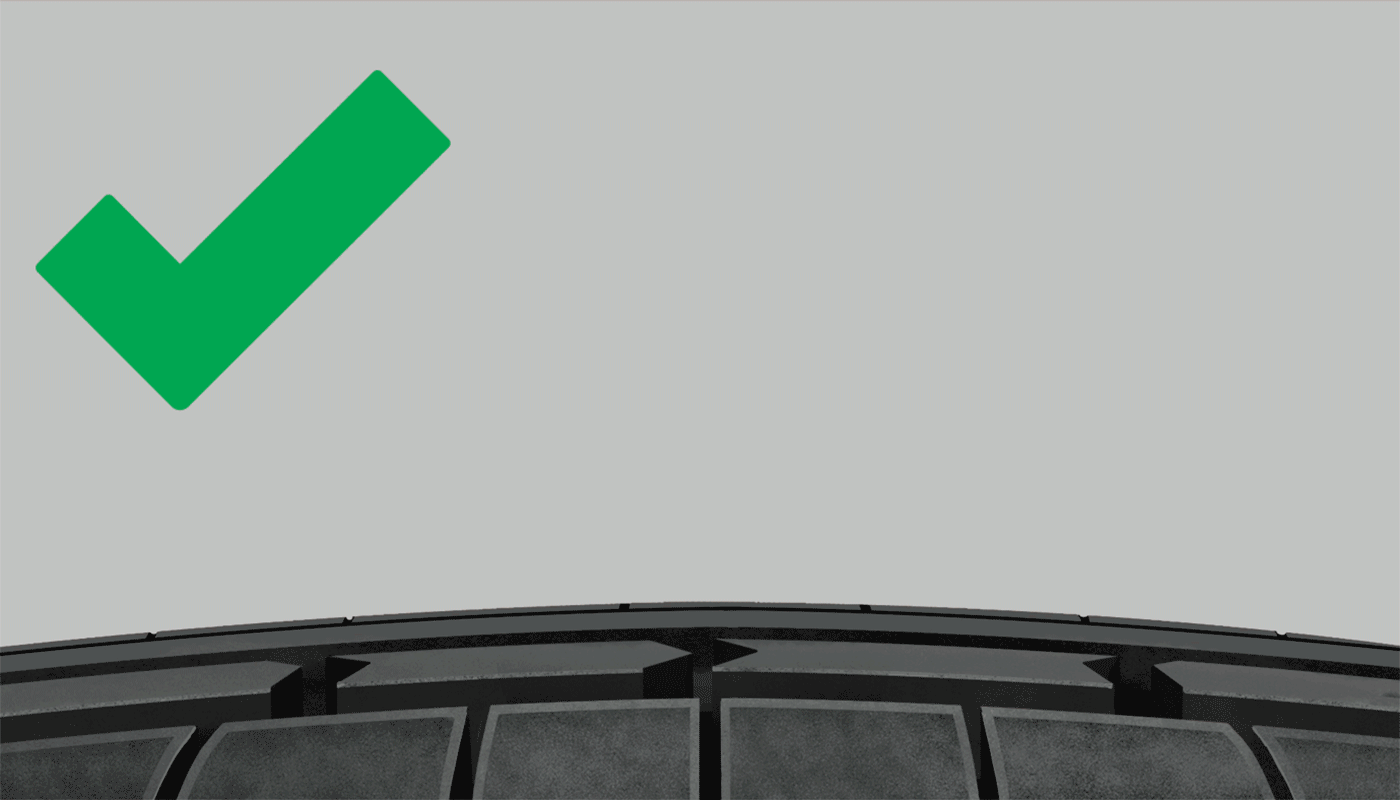
Not seeing the top of Washington’s head means your tires are still good.
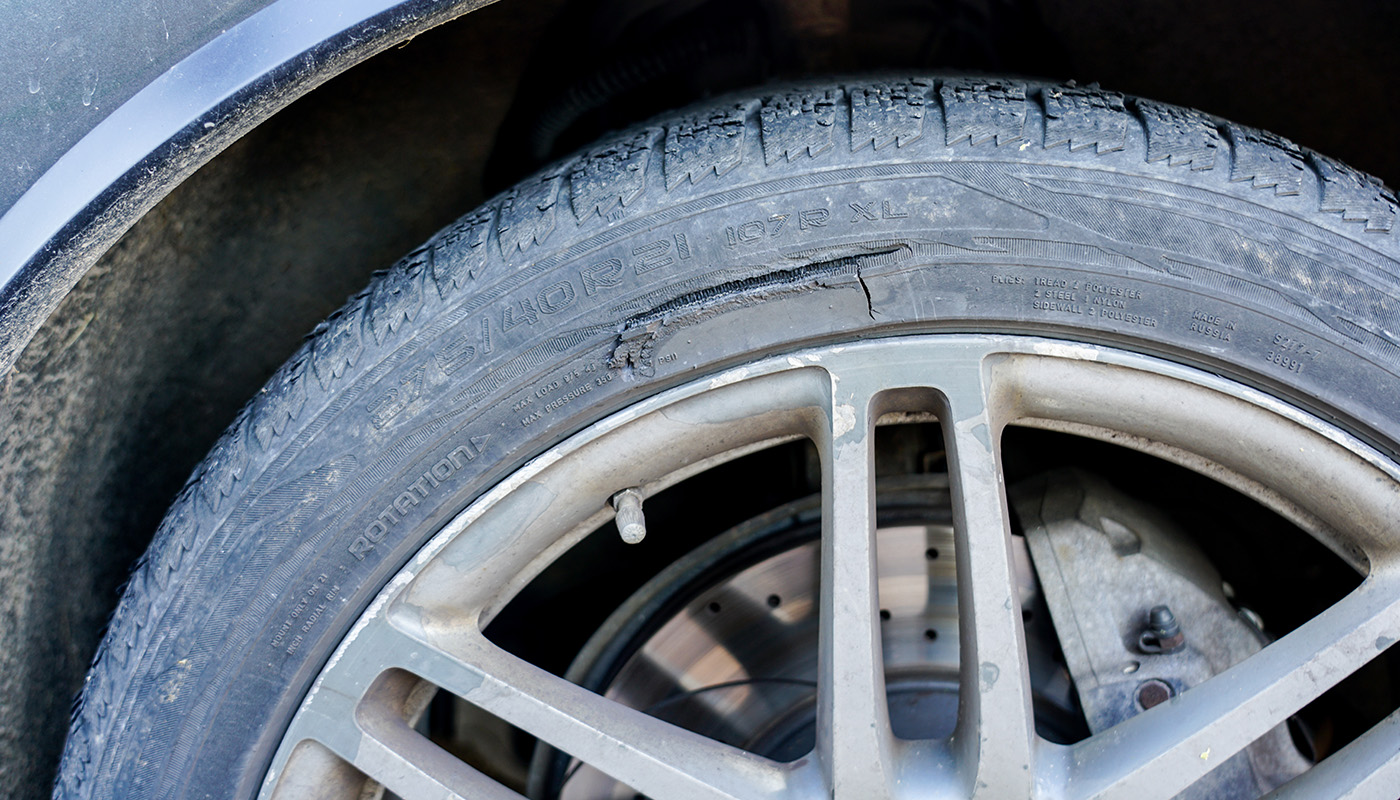 Zigmunds Dizgalvis/Shutterstock
Zigmunds Dizgalvis/Shutterstock
2. Sidewall cracks
UV exposure over time causes tire rubber to break down and can lead to cracks on the sides of your tires or separation of the tread—even if they’re not worn down in the center.
Cracks can also be the result of hitting a pothole or curb and can be an indication that you’ve got a leak. They can lead to deeper fissures and eventually separation, which can lead to a tire blowout.
Driving safely also means being prepared. Do you travel with a car safety kit?
Learn More >> iStock
iStock
3. Bubbling up
A tire with a bubble on the sidewall has probably hit a pothole or curb recently. Fixable? No.
If not addressed, a small bubble will likely result in a blowout. If you see a bubble or a bulge, replace the tire right away.
4. Uneven wear
If the tread on a tire is worn more in one place than another—say, on the outside edges or in the middle of the tire—you need to find out why and correct the problem. Common causes for uneven tire wear are misalignment, not having your tires rotated and balanced, and under- or overinflation.
Rotate those tires.
Tires that aren’t regularly rotated and balanced will wear unevenly. The front tires, which do all the turning around corners and carry additional weight from the engine, will wear down faster and need to be replaced sooner.
Rotating your tires prolongs their life and provides better overall performance, and it should be done every 5,000 to 8,000 miles. For your car’s specific rotation frequency and pattern (some are front-to-rear, others side-to-side), check your owners manual.
Tip: Have your tires rotated each time you have your oil changed. This also provides an opportunity for a pro to inspect them for damage and proper inflation.
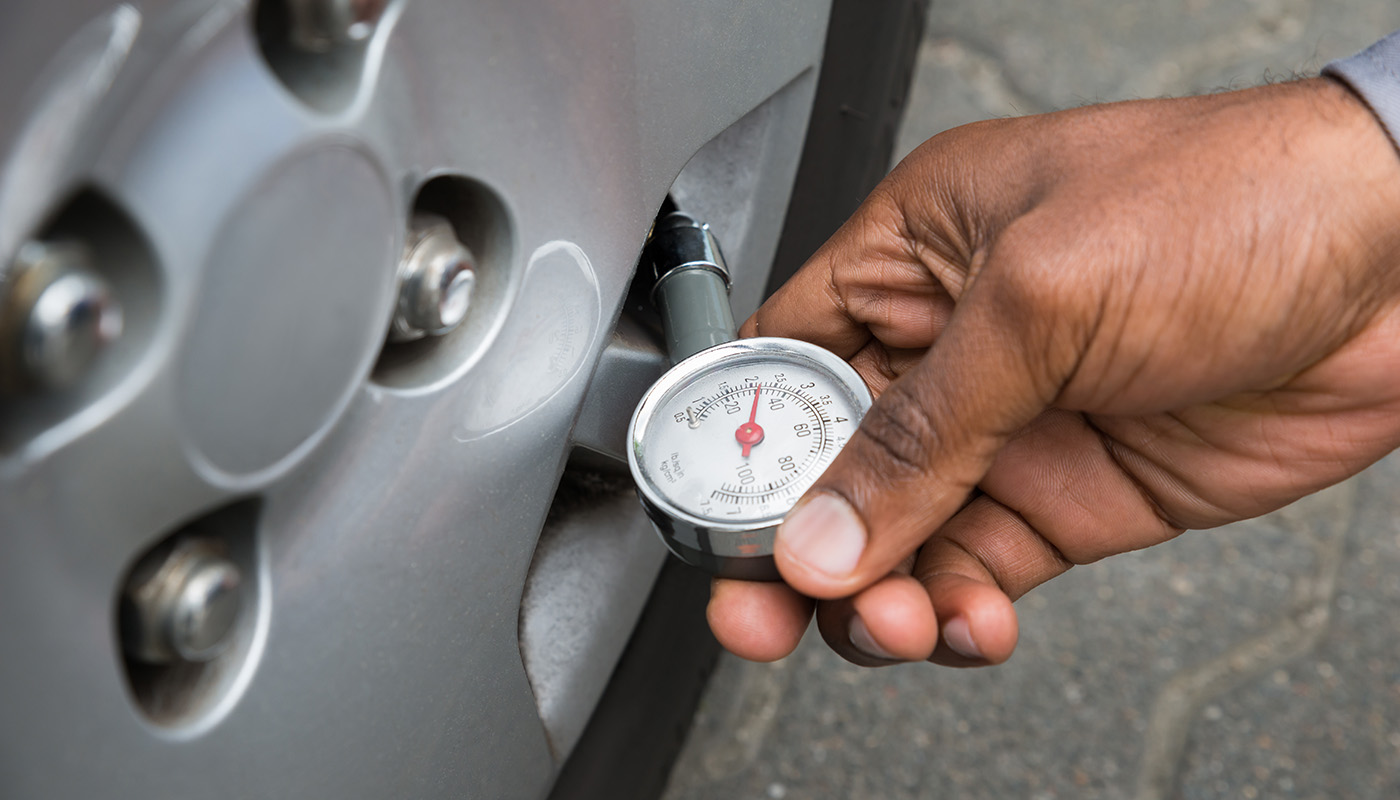 iStock
iStock
Apply the right pressure.
Under- or overinflated tires will result in uneven wear, too. Underinflated tires will wear on both the outside and inside edges, while overinflated tires will wear in the center. If you notice an uneven wear pattern on your tires, see an expert.
The manufacturer’s recommended tire pressure for your vehicle is located on a sticker in the door jamb and in the owners manual. The tire pressure in pounds per square inch (PSI) that’s molded on a tire’s sidewall is the tire’s maximum PSI.
Tip: If you want the convenience of airing up your tires at home, AAA Members earn discounts on tire products at participating NAPA Auto Parts.
5. Bad vibrations
If your car is shaking and shimmying, that isn’t a good thing. Rumbles from underneath the seat might mean your rear tires are out of balance, whereas a bumpy feeling from the steering wheel could indicate something even more serious, such as a suspension issue or the wheels being out of alignment. Anything but a smooth ride should be checked out.
Tire changes near me
Even with regular tire inspections, there’s always the possibility of getting a flat tire when you’re away from home. And while it’s a good practice to know how to change a tire, you’ve also got 24/7 roadside assistance with your AAA Membership. (Read about more reasons to sign up for AAA Roadside Assistance.)
When you’re ready for new tires, you can trust the experts at AAA to get the job done. Visit your nearest AAA Approved Auto Repair facility or a AAA Car Care center to get your tires professionally inspected, serviced and maintained.